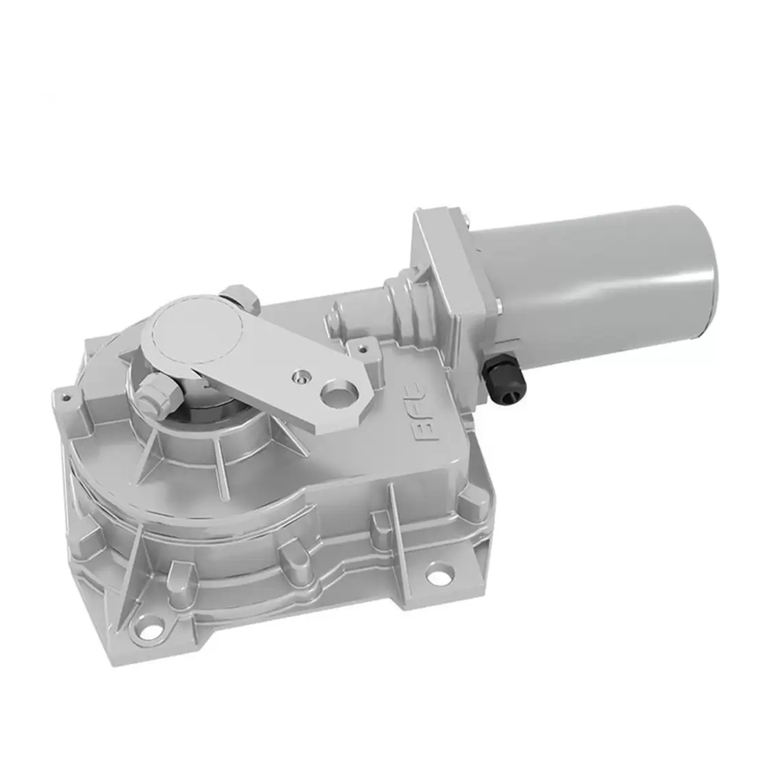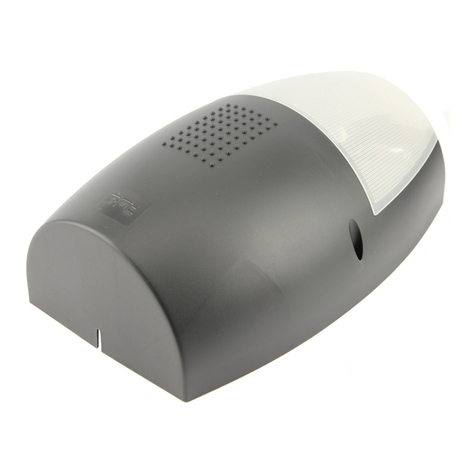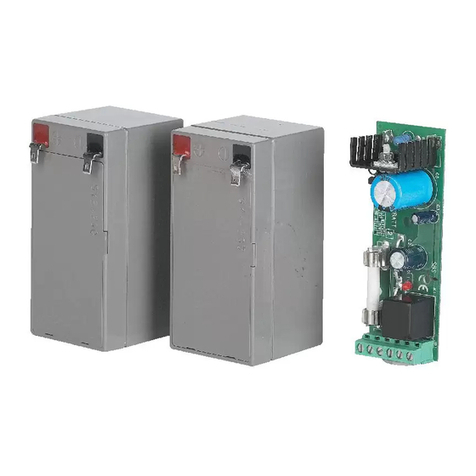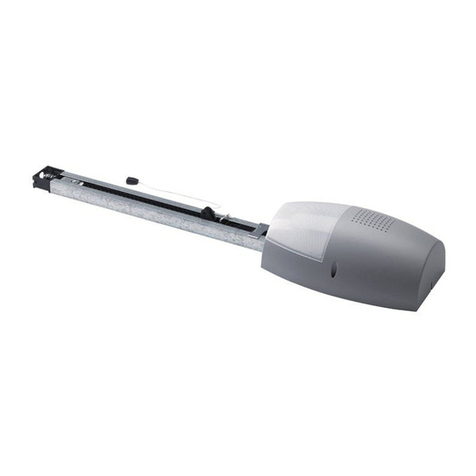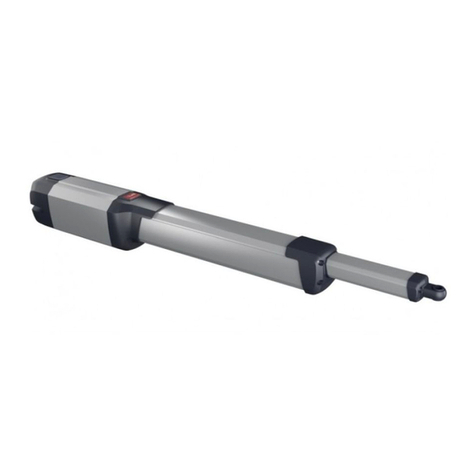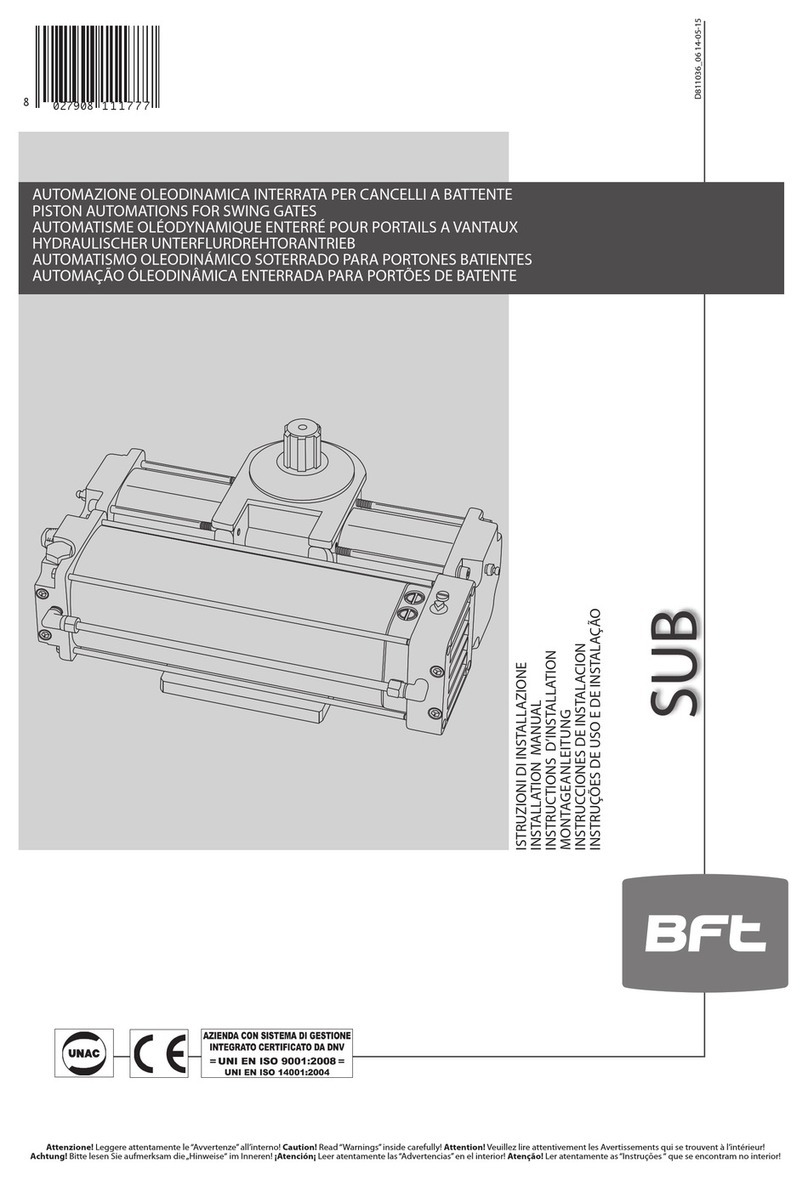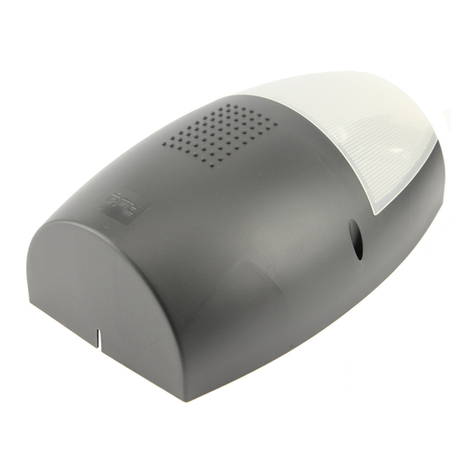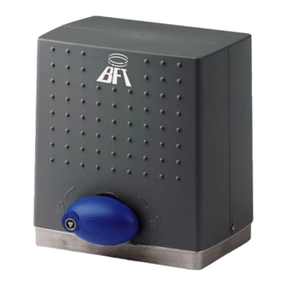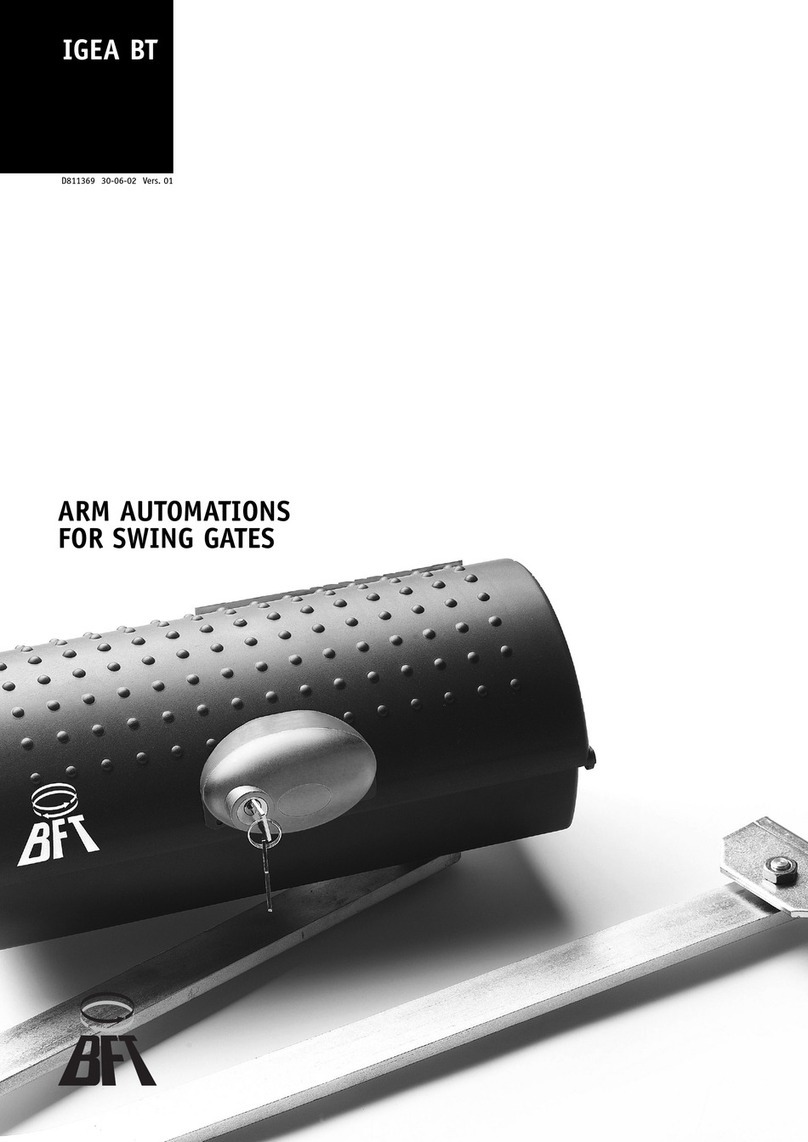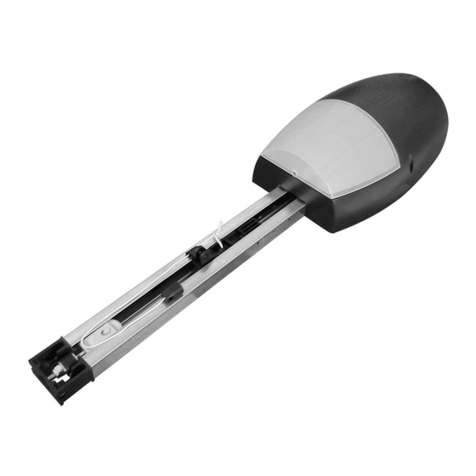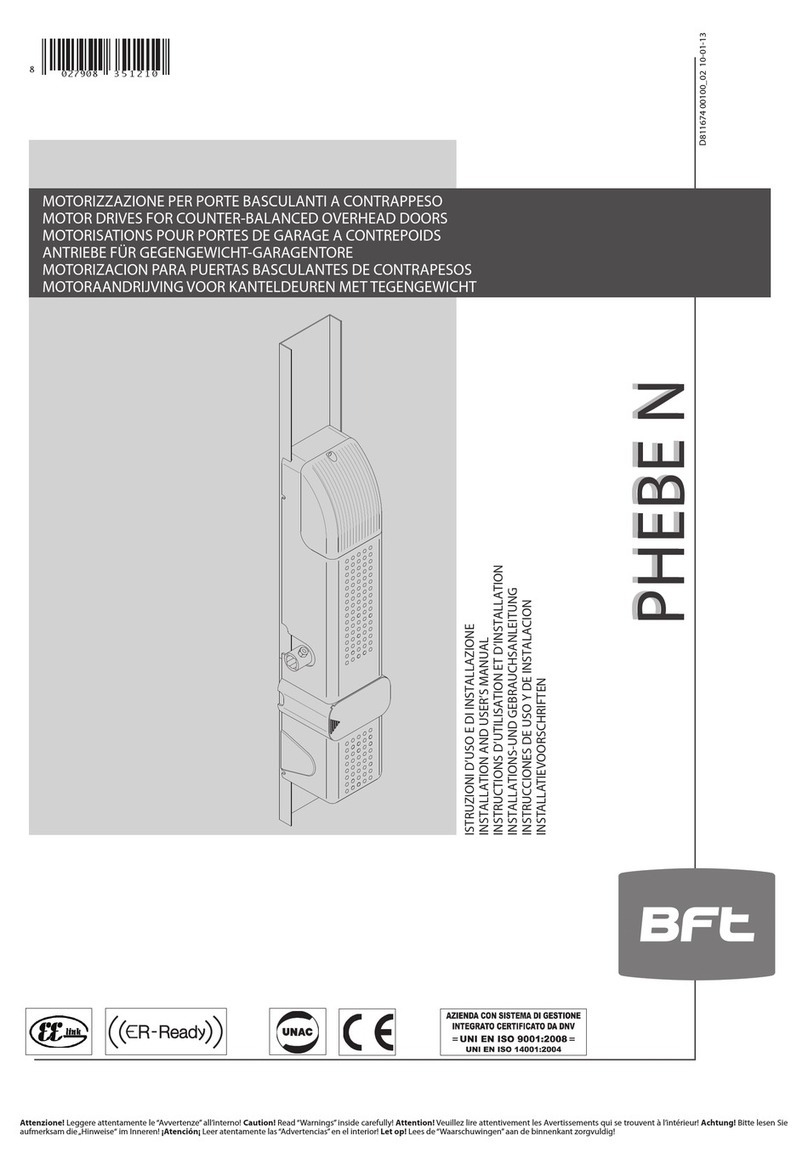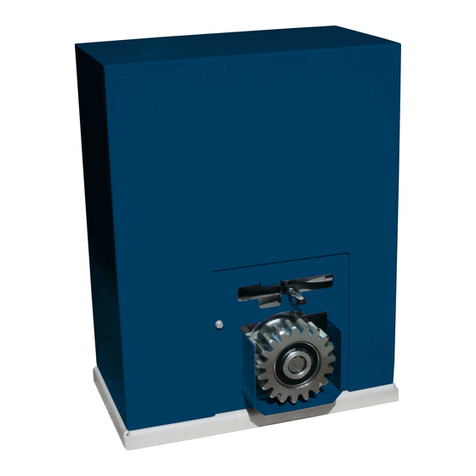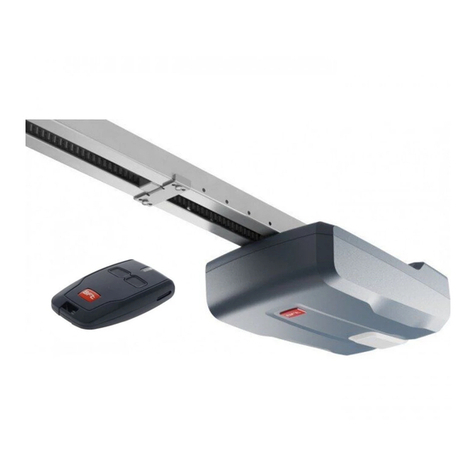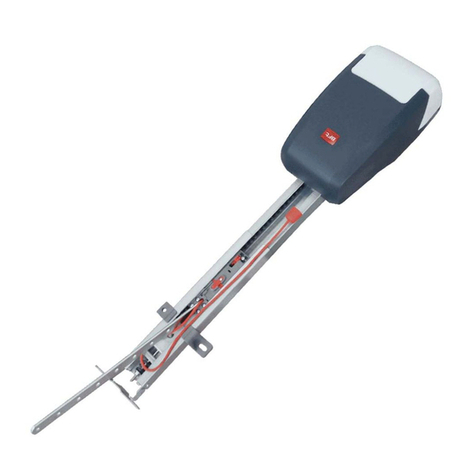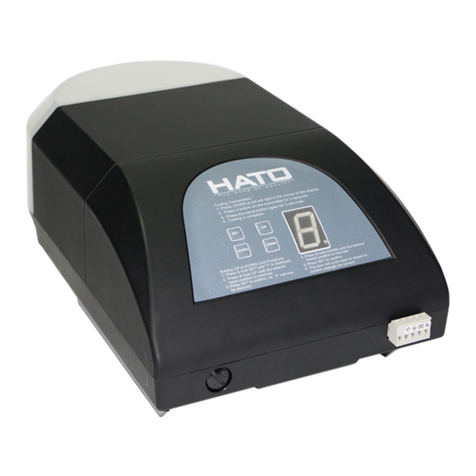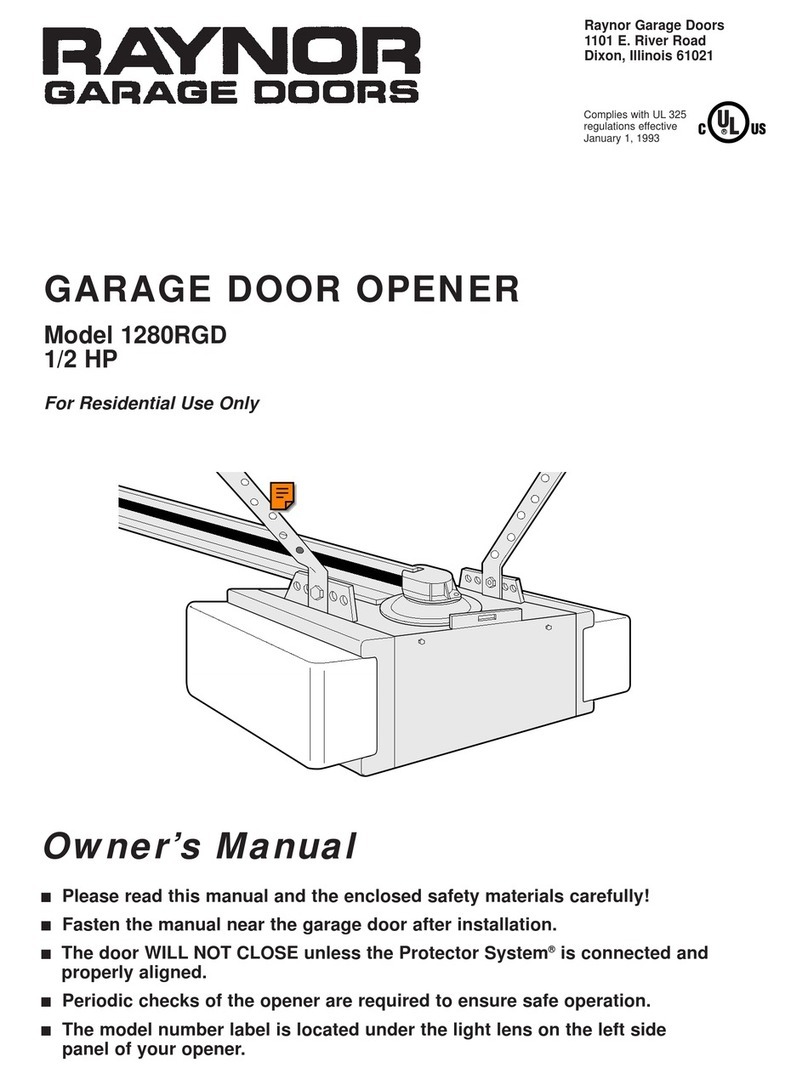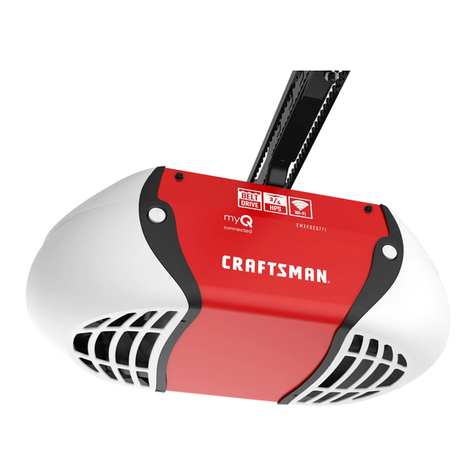MANUALE PER L’INSTALLAZIONE
ITALIANO
ATTENZIONE Importanti istruzioni di sicurezza. Leggere e seguire attentamente
l’opuscolo Avvertenze ed il Libretto istruzioni che accompagnano il prodotto
poiché una installazione errata può causare danni a persone, animali o cose. Esse
forniscono importanti indicazioni riguardanti la sicurezza, l’installazione, l’uso e
la manutenzione. Conservare le istruzioni per allegarle al fascicolo tecnico e per
consultazioni future.
1) SICUREZZA GENERALE
ATTENZIONE!Una installazioneerrata ounuso impropriodel prodotto,può
creare danni a persone, animali o cose.
- Gli elementi costruttivi della macchina e l’installazione devono essere in ac-
cordo con le seguenti Direttive Europee: 2004/108/CEE, 2006/95/CEE,98/37/
CEE, 89/106/CEE e loro modiche successive. Per tutti i Paesi extra CEE, oltre
alle norme nazionali vigenti, per un buon livello di sicurezza è opportuno ri-
spettare anche le norme citate.
- La Ditta declina qualsiasi responsabilità derivante da un uso improprio o di-
verso da quello per cui è destinato ed indicato nella presente documenta-
zione nonché dall’inosservanza della Buona Tecnica nella costruzione delle
chiusure (porte, cancelli, ecc.) e dalle deformazioni che potrebbero vericarsi
durante l’uso.
- Vericare che l’intervallo di temperatura dichiarato sia compatibile con il luo-
go destinato all’installazione dell’automazione.
- Prima di eettuare l’installazione, togliere funi o catene superue e disabi-
litare qualsiasi apparecchiatura non necessaria per l’installazione. Vericare
inoltre che la porta/cancello sia in buone condizioni meccaniche, sia corretta-
mente bilanciata e apre e chiuda in modo appropriato.
- Non installare il prodotto in atmosfera esplosiva.
- Togliere l’alimentazione elettrica, prima di qualsiasi intervento sull’impianto.
Scollegare anche eventuali batterie tampone se presenti.
- Prevedere sulla rete di alimentazione dell’automazione, un interruttore o un
magnetotermico onnipolare con distanza di apertura dei contatti uguale o
superiore a 3,5 mm.
- Vericare che a monte della rete di alimentazione, vi sia un interruttore die-
renziale con soglia da 0.03A.
- Vericare se l’impianto di terra è realizzato correttamente: collegare tutte
le parti metalliche della chiusura (porte, cancelli, ecc.) e tutti i componenti
dell’impianto provvisti di morsetto di terra.
- L’installazione deve essere fatta utilizzando dispositivi di sicurezza e comandi
conformi alla EN 12978.
- Applicare tutti i dispositivi di sicurezza (fotocellule, coste sensibili, ecc.) ne-
cessari a proteggere l’area da pericoli di schiacciamento, convogliamento,
cesoiamento.
- Il motore non può essere installato su ante che incorporano delle porte (a
meno che il motore non sia attivabile quando la porta è aperta)
- Se l’automazione è installata ad una altezza inferiore a 2,5 m o se è accessibile,
è necessario garantire un adeguato grado di protezione delle parti elettriche
e meccaniche.
- Installare qualsiasi comando sso in vista della porta ma lontano da parti mo-
bili. A meno che il comando non sia a chiave, deve essere installato a una
altezza di almeno 1,5 m e non accessibile al pubblico
- Applicare almeno un dispositivo di segnalazione luminosa (lampeggiante) in
posizione visibile, ssare inoltre alla struttura un cartello di Attenzione.
- Se non ci sono già indicazioni, ssare in modo permanente una etichetta re-
lativa al funzionamento del rilascio manuale e apporle vicino all’organo di
manovra.
- Assicurarsi che durante la manovra sia evitato lo schiacciamento tra parte
guidata e parti sse circostanti
- Dopo aver eseguito l’installazione, assicurarsi che il settaggio del motore sia
correttamente impostato e che i sistemi di protezione e di sblocco funzionino
correttamente.
- Usare esclusivamente parti originali per qualsiasi manutenzione o ripara-
zione. La Ditta declina ogni responsabilità ai ni della sicurezza e del buon
funzionamento dell’automazione se vengono impiegati componenti di altri
produttori.
- Non eseguire alcuna modica ai componenti dell’automazione se non espres-
samente autorizzata dalla Ditta.
- Smaltire i materiali di imballo (plastica, cartone, polistirolo, ecc.) secondo
quanto previsto dalle norme vigenti. Non lasciare buste di nylon e polistirolo
alla portata dei bambini.
- Tutto quello che non è espressamente previsto in queste istruzioni, non è
permesso.
- Istruire l’utilizzatore dell’impianto per quanto riguarda i sistemi di comando
applicati e l’esecuzione dell’apertura manuale in caso di emergenza.
Attenzione! Per il collegamento alla rete, utilizzare cavo multipolare di
sezione minima 4x1.5mm2e del tipo previsto dalle normative precedente-
mente citate (a titolo di esempio, il cavo può essere del tipo H05 VV-F con
sezione 4x1.5mm2). Per il collegamento degli ausiliari utilizzare conduttori
con sezione minima di 0,75 mm2.
Prevedere un interruttore onnipolare con apertura contatti di almeno 3
mm provvisto di protezione contro i sovraccarichi, atto a sezionare l’auto-
mazione dalla rete.
Utilizzare esclusivamente pulsanti con portata non inferiore a 10A-250V.
I conduttori devono essere vincolati da un ssaggio supplementare in
prossimità dei morsetti per esempio mediante fascette.
Aggiungere inoltre delle ulteriori fascette ai conduttori dei necorsa, ai
conduttori del primario e del secondario del trasformatore e ai conduttori
collegati al circuito stampato.
Il cavo di alimentazione, durante l’installazione, deve essere sguainato in
mododa permettereilcollegamentodel conduttore diterraall’appropriato
morsettolasciandoperòiconduttoriattiviilpiùcortipossibile.Ilconduttore
diterradeveesserel’ultimoatendersiincasodiallentamentodeldispositivo
di ssaggio del cavo.
ATTENZIONE: i conduttori a bassissima tensione di sicurezza devono
essere sicamente separati dai conduttori a bassa tensione.
L’accessibilità al vano elettrico e dei necorsa deve essere eseguita esclusi-
vamente da personale qualicato.
Deve essere garantito il rispetto delle norme di sicurezza vigenti per quanto
riguarda le persone, animali e cose, e in particolare devono essere evitati rischi di
infortunidovutiaschiacciamento.Tuttiipunticriticidovrannoessereprotettida
dispositivi di sicurezza secondo quanto prevedono le normative vigenti.
Una errata impostazione della sensibilità può creare danni a persone,
animali o cose.
VERIFICA DELL’AUTOMAZIONE
Prima di rendere denitivamente operativa l’automazione, controllare scrupo-
losamente quanto segue:
t7FSJöDBSFDIFUVUUJJDPNQPOFOUJTJBOPöTTBUJTBMEBNFOUFt$POUSPMMBSFJMDPSSFUUPGVO[JPOBNFOUPEJUVUUJJEJTQPTJUJWJEJTJDVSF[[BGPUP-
cellule, coste sensibili ecc.)
t7FSJöDBSFJMTJTUFNBEJBOUJTDIJBDDJBNFOUPBSSFTUJJMTJTUFNBFOUSPJMJNJUJQSFWJTUJdalle norme vigenti.
t7FSJöDBSFJMDPNBOEPEFMMBNBOPWSBEJFNFSHFO[Bt7FSJöDBSFMPQFSB[JPOFEJBQFSUVSBFDIJVTVSBDPOJEJTQPTJUJWJEJDPNBOEPapplicati.
t7FSJöDBSFMBMPHJDBFMFUUSPOJDBEJGVO[JPOBNFOUPOPSNBMFFQFSTPOBMJ[[BUBMANUTENZIONE
ATTENZIONE!Perqualsiasimanutenzioneall’installazione,toglierel’alimentazione
di rete. I punti che necessitano di controlli e manutenzione sono:
- Le ottiche delle fotocellule se presenti. Eseguire saltuariamente la pulizia.
- Ogni due anni, smontare il motoriduttore e sostituire il grasso lubricante.
- Per qualsiasi anomalia di funzionamento riscontrata, e non risolta, togliere
l’alimentazione di rete e richiedere l’intervento di personale qualicato (insta-
llatore). Per il periodo di fuori servizio dell’automazione, se necessario, attivare
lo sblocco di emergenza (vedi Fig. 2) in modo da rendere libera l’apertura e la
chiusura manuale dell’asta.
DEMOLIZIONE
L’eliminazione dei materiali va fatta rispettando le norme vigenti. Nel caso di
demolizione dell’automazione non esistono particolari pericoli o rischi derivanti
dall’automazione stessa. È opportuno, in caso di recupero dei materiali, che ven-
gano separati per tipologia (parti elettriche - rame - alluminio - plastica - ecc.).
SMANTELLAMENTO
Nel caso l’automazione venga smontata per essere poi rimontata in altro sito
bisogna:
- Togliere l’alimentazione e scollegare tutto l’impianto elettrico.
- Togliere l’attuatore dalla base di ssaggio.
- Smontare tutti i componenti dell’installazione.
- Nelcasoalcunicomponentinonpossanoessererimossiorisultinodanneggiati,
provvedere alla loro sostituzione.
Ilbuonfunzionamentodell’automazioneègarantito solosevengono
rispettateidati riportati inquestomanuale.LaDitta non risponde dei
danni causati dall’inosservanza delle norme di installazione e delle
indicazioni riportate in questo manuale.
Le descrizioni e le illustrazioni del presente manuale non sono
impegnative. Lasciando inalterate le caratteristiche essenziali del
prodotto, la Ditta si riserva di apportare in qualunque momento le
modiche che essa ritiene convenienti per migliorare tecnicamente,
costruttivamente e commercialmente il prodotto, senza impegnarsi
ad aggiornare la presente pubblicazione.
DEIMOS BT-MA - 9
D811343 00100_01






